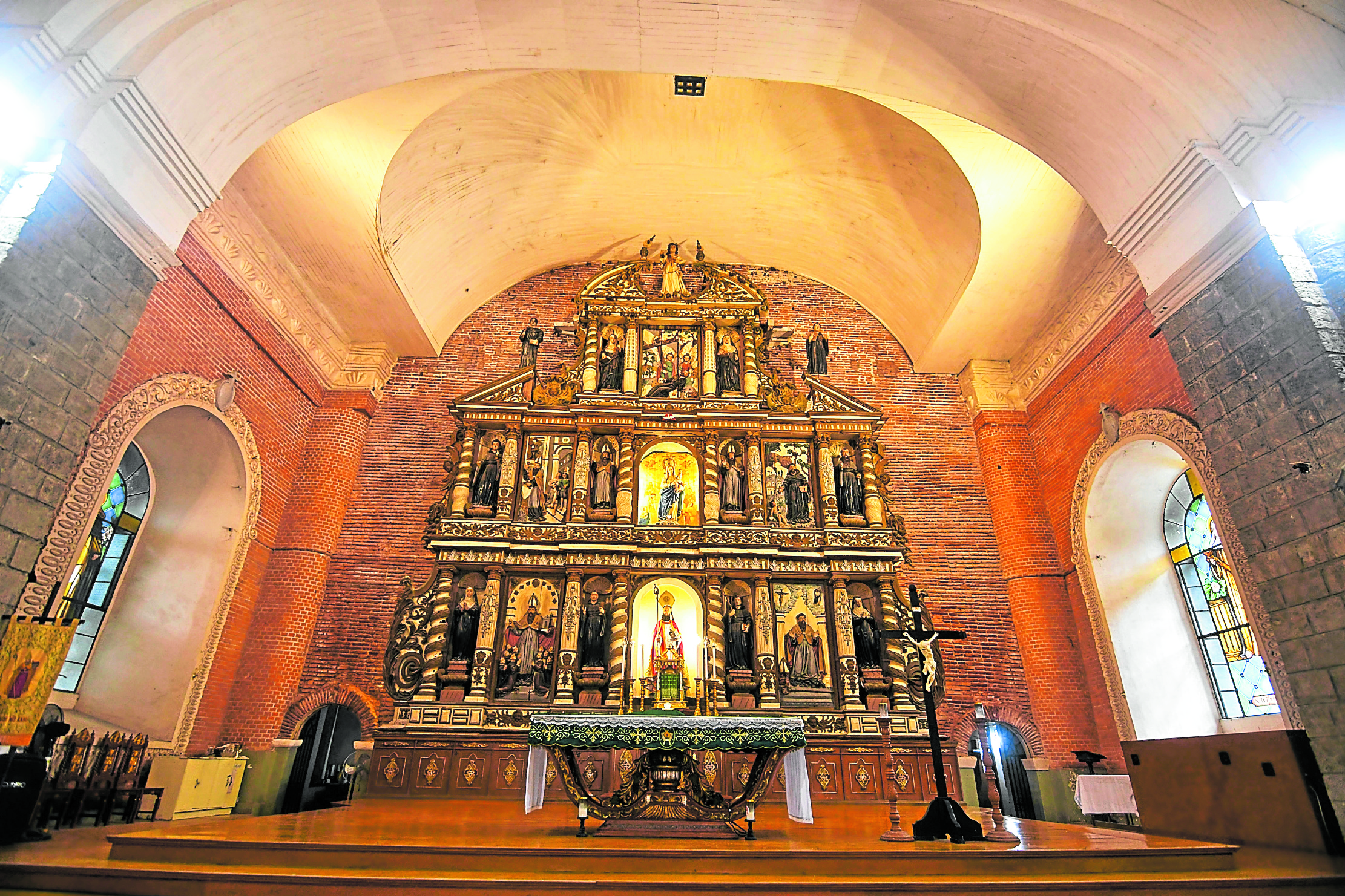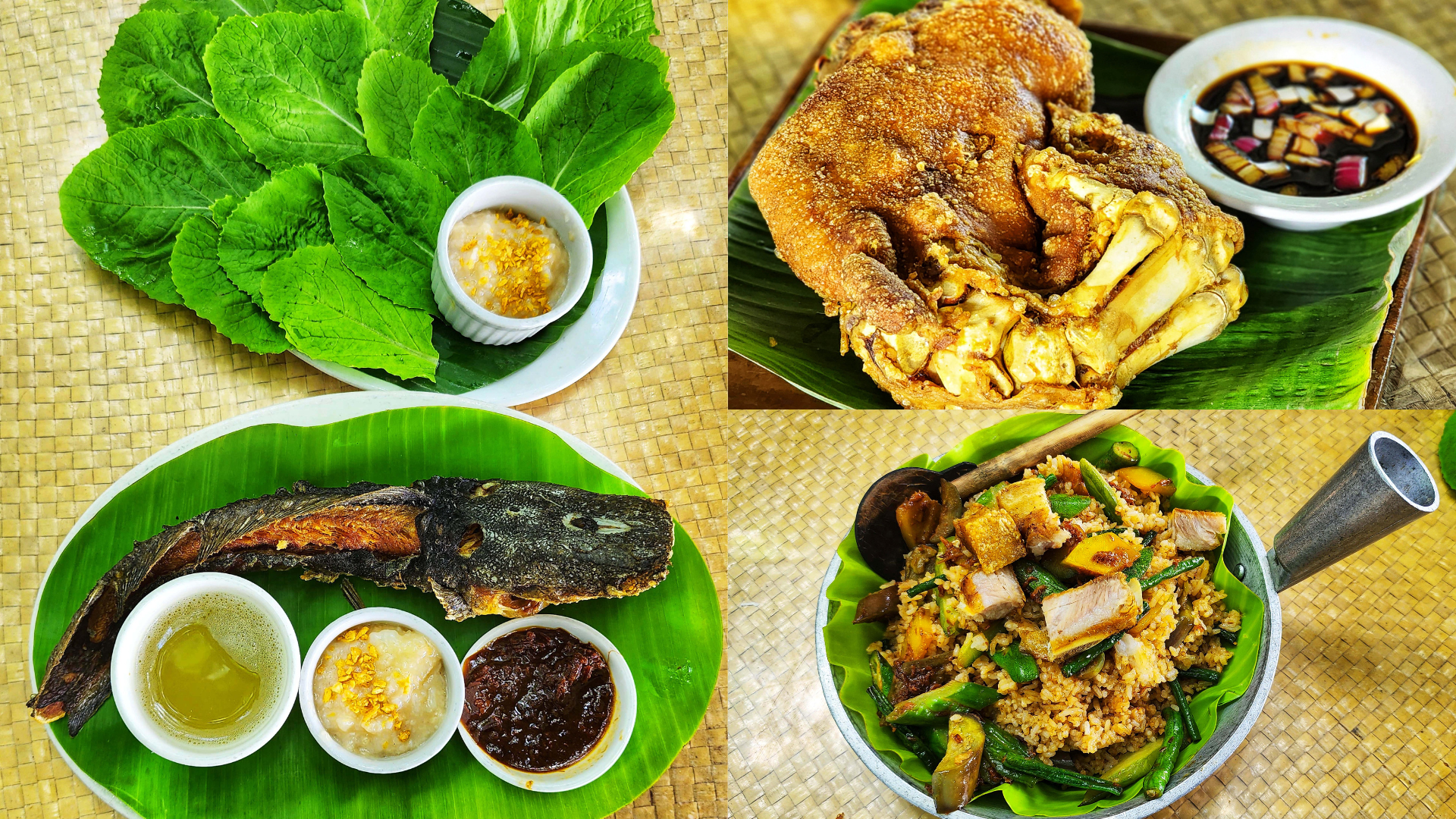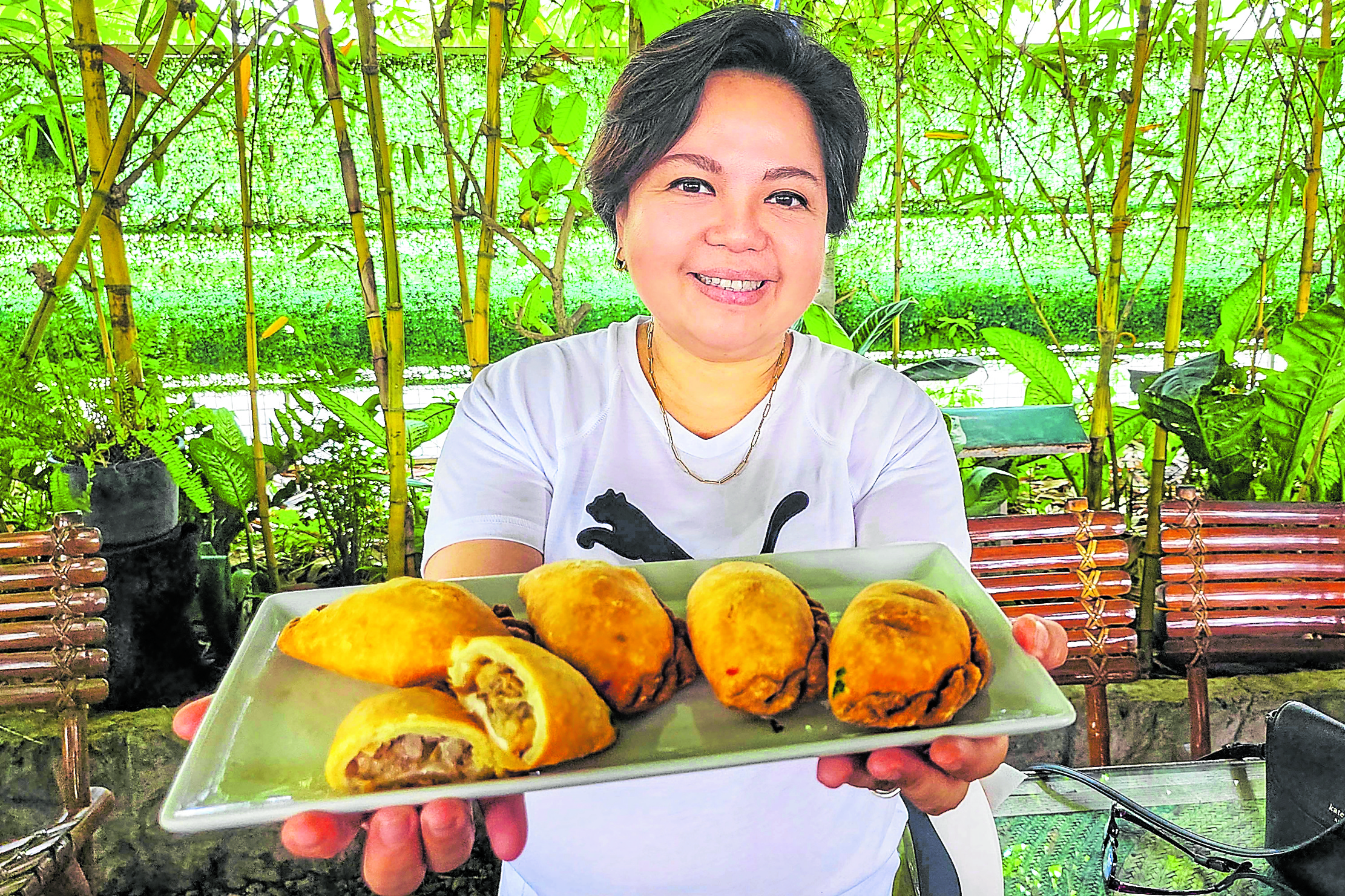Heritage overload: Food, faith and feasts
CITY OF SAN FERNANDO—Pampanga, founded by the Spaniards in 1571, is tapestry of extraordinary heritage as the province’s pre-colonial and colonial past welds the present in the form of food, language, arts and crafts, furniture, faith, festivals and more.
Business leaders reckon these make living and investing in Pampanga more creative and exciting.
Much of it is traced to the Augustinian Order and its friars.
“They introduced God, designed our temples, defined our tastes, changed our alphabet and forever altered the history and cultural landscape of the Kapampangan Region,” the late researcher and advocate Francis Musni summed up the influence. “Region” refers to the former territories of ancient Pampanga.
Some precolonial food like “sisig” evolved from sour fruit to bits of pork while Spanish dishes like “asado” were accepted or adjusted to the tastes of native cooks, according to Musni.
To this date, some meals prepared on the farms survive, and words related to food or cooking were recorded in grammar books and dictionaries written by friars.
Pampango cooking, according to Musni, is “known for its three basics: sincutsa (marinade and parboil), guisa (sauté), and fritú (fry).”
An 1875 handbook with operative words used in Kapampangan cooking has been retrieved by food researcher Ruston Banal.
While there is no definitive study or book yet on Kapampangan cuisine, chefs like Claude Tayag and Lillian Borromeo have published books on their culinary journeys.
Mariano A. Henson’s “The Taste and Ways of a Pampango,” first written in 1959, listed dishes, confectioneries and drinks.
Restaurateur Ricco Ocampo’s book on Kapampangan food is set for international release while the Center for Kapampangan Studies (CKS) of the Holy Angel University (HAU) in Angeles City is slated to hold the first international conference on Kapampangan cuisine in March 2024, CKS director Robby Tantingco said.
Journalist Caesar Lacson said Pampanga deserves a book on “Food, Faith and Feasts.”
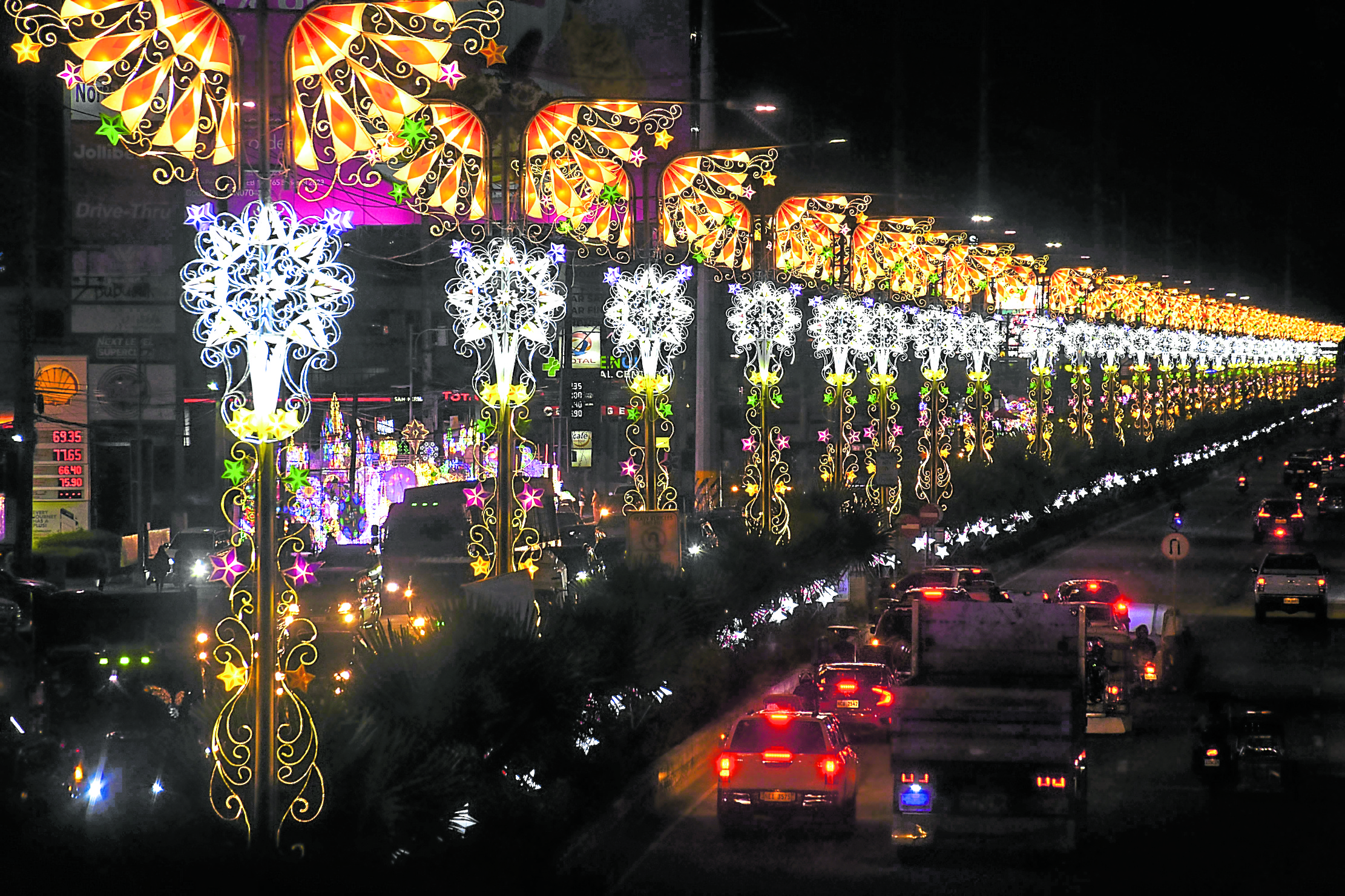
CITY LIGHTS Lanterns brighten the main streets of City of San Fernando, the provincial capital of Pampanga. —WILLIE O. LOMIBAO
Kapampangan
As for language, the indigenous Kapampangan script “kulitan,” similar to the Tagalog “baybayin,” is used by a handful of people through its advocate, Michael Pangilinan. Kapampangan is much more of a spoken language now than written in kulitan form.
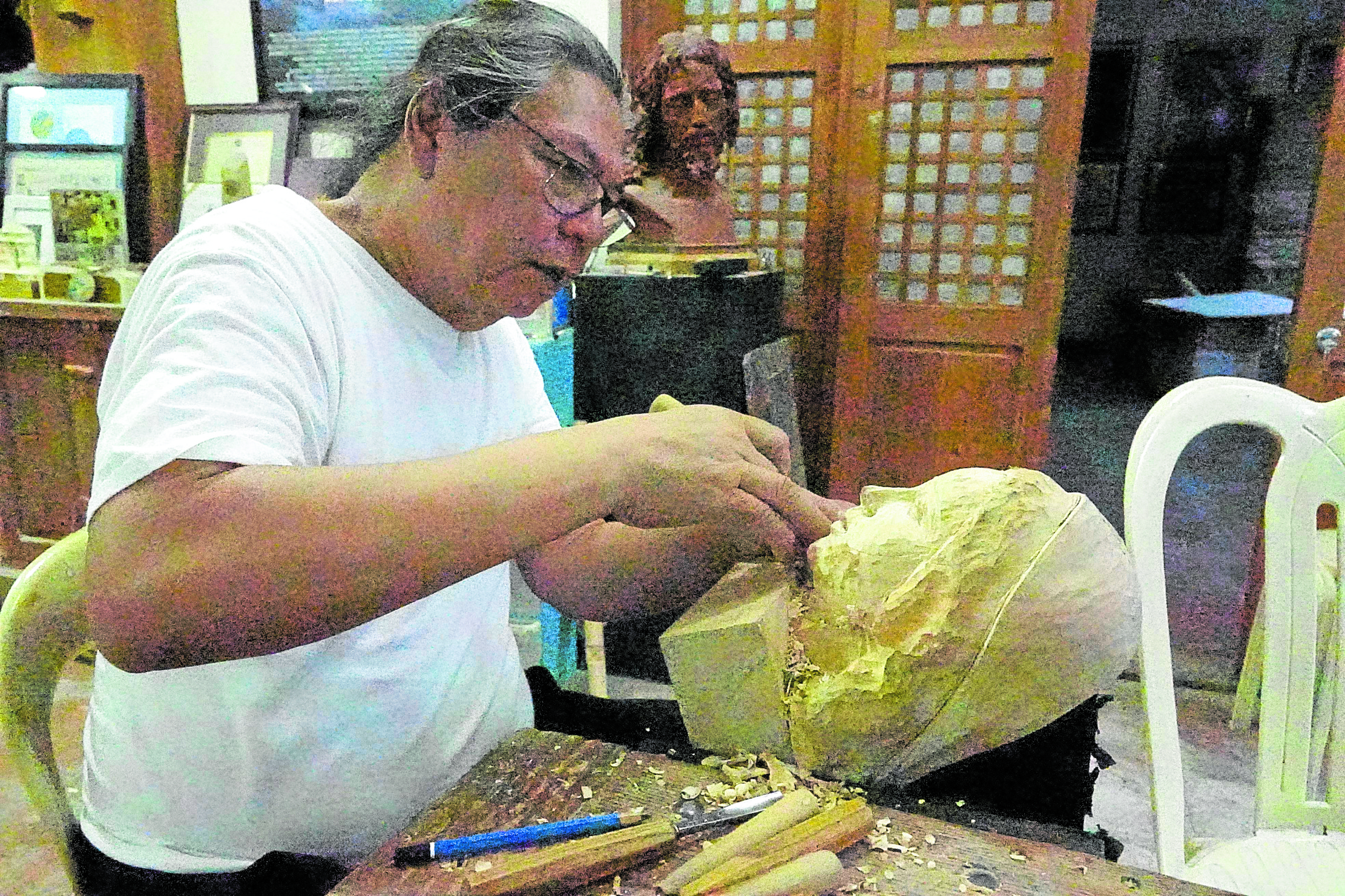
MAESTRO AT WORK Sculptor Willy Tadeo Layug, known for his religious images, at work in his studio in Betis. —RAY ZAMBRANO—RAY ZAMBRANO
The manual woodcarving of religious images, “retablo” (altar niches of saints), furniture and home crafts is still alive among sculptors and artisans in Betis, a former municipality annexed to Guagua town.
Pottery (See related story) and casket-making are still done by hand in Sto. Tomas town.
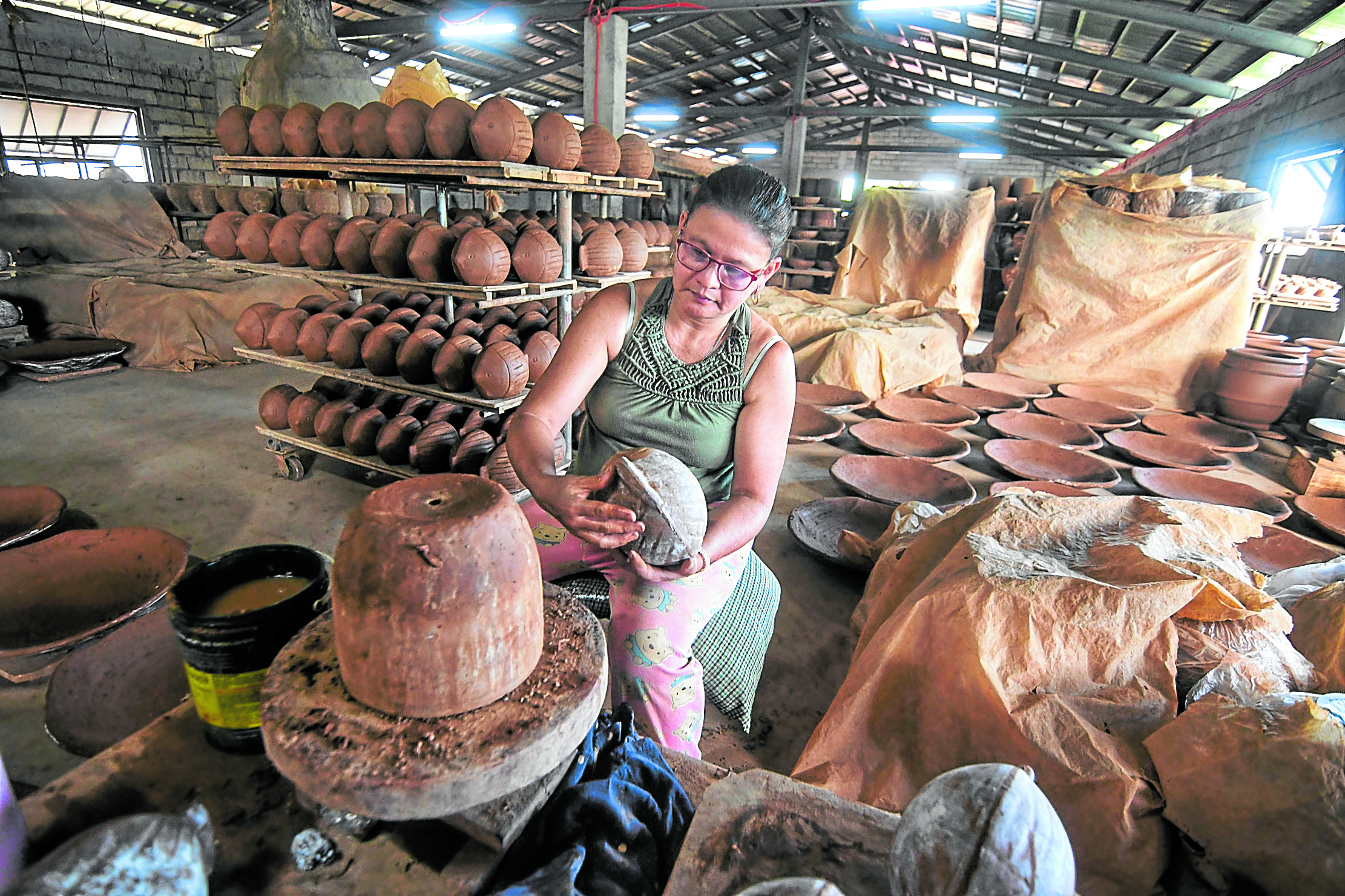
LIVELIHOOD Pottery is one of the major sources of livelihood for residents of Sto. Tomas town. —WILLIE O. LOMIBAO
Handcrafted giant and small Christmas lanterns (See related story) are a specialty in the City of San Fernando. The hand-carried ones flourish in Mabalacat City and Magalang for nine-day Christmas processions called “lubenas.”
The manufacture of metal tools persists in Apalit, kitchen aluminum wares in Floridablanca, guitar in Guagua, brass on the carriages of saints (“pukpuk”) in Sasmuan and Apalit, concrete statues of saints in Macabebe, embroidered gown of saints in Sasmuan and Bacolor, sleeping mats (“dase”) in San Luis and San Simon and fermented rice (“buru”) in Candaba.
Several museums give a glimpse of the Kapampangan — a word to refer to the people, language and province. Among these are the privately run CKS in Angeles City, the Archdiocesan Archives of San Fernando at the University of the Assumption in the City of San Fernando, and the Museo ning Angeles, also in Angeles.
The National Historical Commission of the Philippines operates the Museo at Aklatan ni Diosdado Macapagal and the Museo ni Jose B. Lingad, both in Lubao town, and the Museum of Philippine Social History in Angeles City.
In Bacolor town, the Don Honorio Ventura State University runs its own museum.
The Andrea Domingo Foundation owns and manages the Museum of Philippine Arts and Culture in San Fernando. The Roman Catholic Archdiocese of San Fernando also runs smaller museums in a number of parishes.
Historic churches
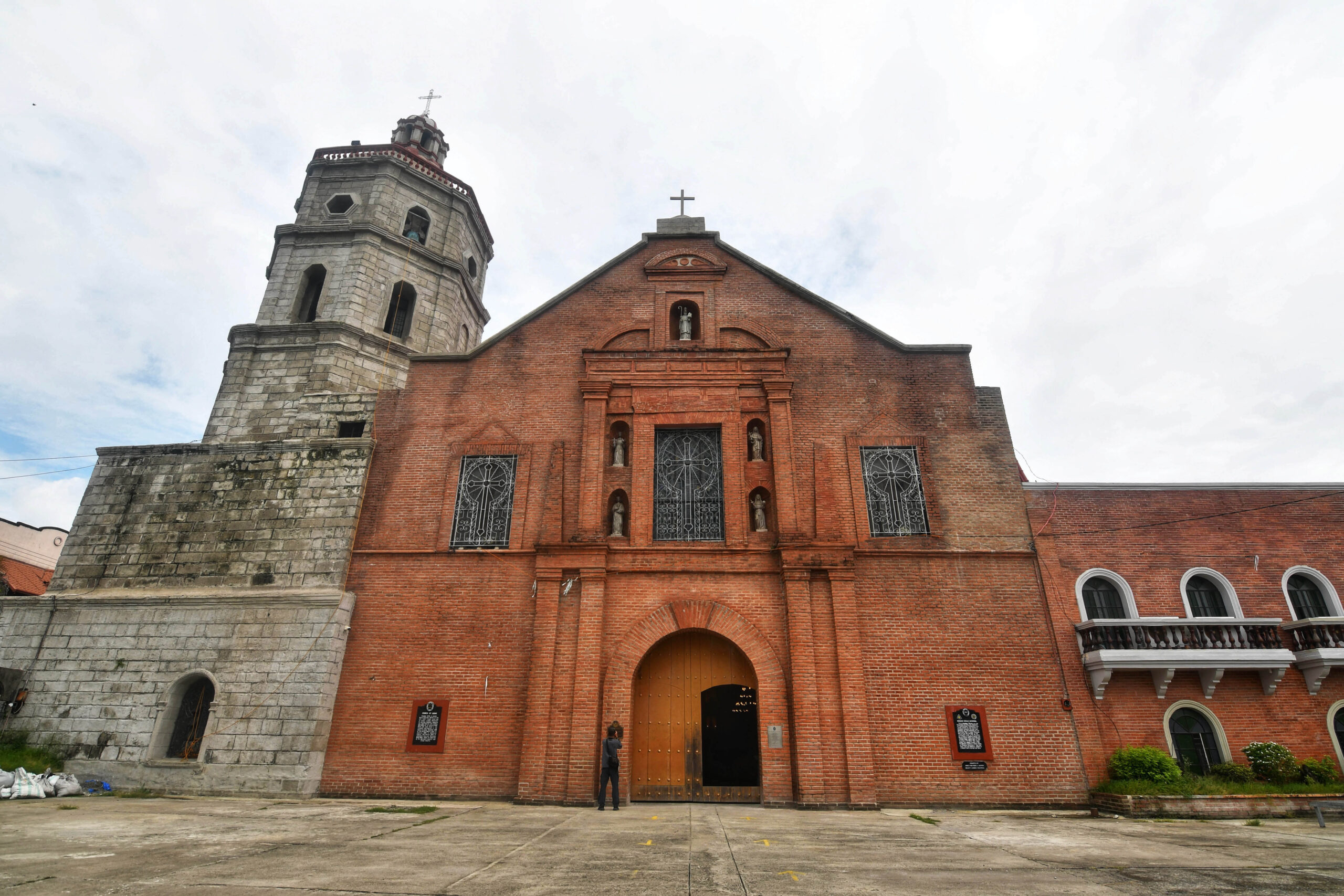
OLD MISSIONS The San Agustin Church in Lubao represents one of the two oldest Christian missions established in 1572, the other being Betis, which had been annexed to Guagua.
Over 20 Catholic churches are considered heritage structures, having been administered by Augustinians from 1572 until 1960, CKS research showed.
Missions for Christianization began in Lubao and Betis in 1572; Macabebe and Candaba in 1575; Bacolor in 1576; Mexico in 1581; Arayat, Guagua and Sasmuan in 1590; Porac in 1594; Apalit in 1597; Magalang in 1605; Minalin in 1614; Sta. Rita in 1726; San Luis in 1740; San Fernando in 1754; Santa Ana in 1756; San Simon in 1771; Sto. Tomas in 1793; Angeles in 1830; Floridablanca in 1867; and Masantol in 1877.
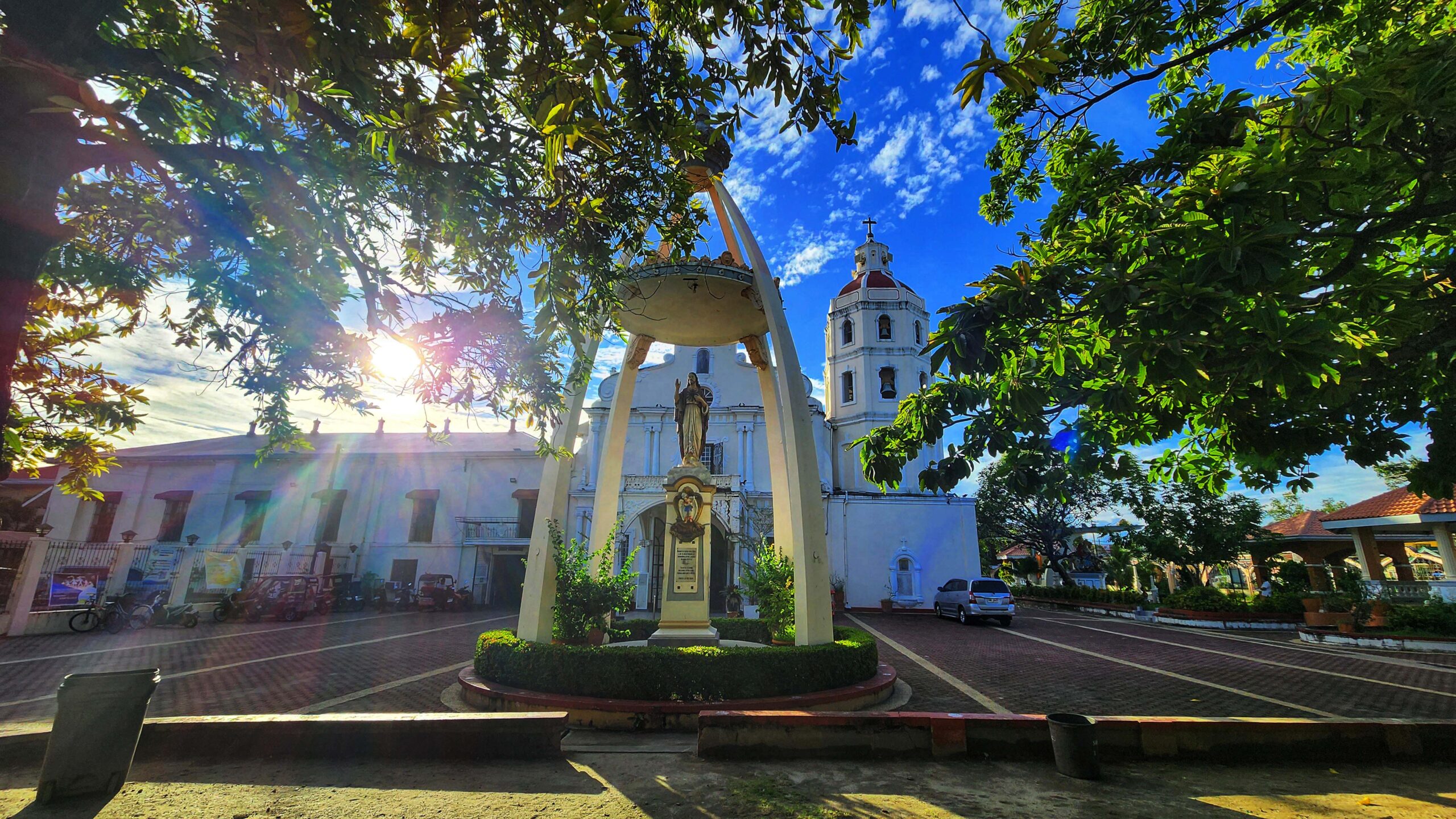
LOCAL SISTINE The St. James Parish in Betis is likened to the Sistine Chapel inside the Vatican City for its visual catechism. —PHOTOS BY WILLIE O. LOMIBAO
While the annual calendar is filled with feast days for saints and angels, the province, towns and cities mount their respective festivals. Among the biggest are the Sinukuan Festival of the Foundation for Lingap Kapampangan, the Aldo ning Kapampangan street dancing by the provincial government, the Sisig Festival by Angeles City, and the Ligligan Parul of the capital San Fernando. INQ

